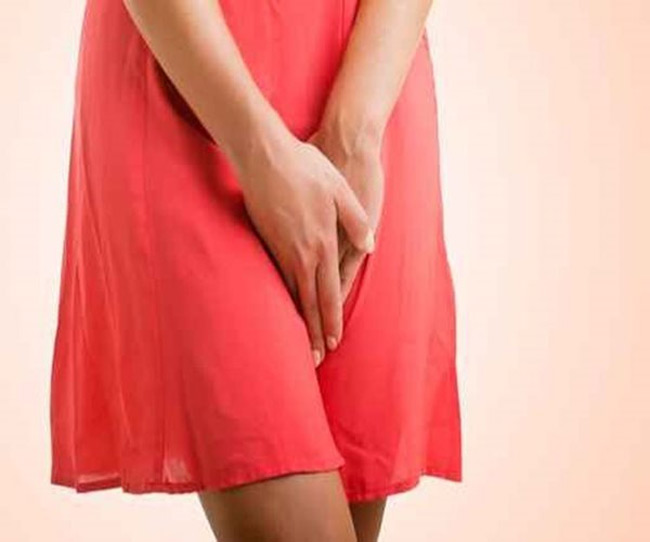
Researchers at the University of Sheffield have developed a novel implantable material which could reduce the number of debilitating side-effects that occur as a result of using a material that is too rigid for surgical treatment of incontinence.
In the UK, it is estimated between 3 and 6 million people suffer with some degree of urinary incontinence. Stress urinary incontinence is the leakage of urine when there is pressure on the bladder, such as through sneezing, laughing or exercise, often as a result of childbirth, surgery or menopause.
The research at Sheffield, with two separate papers published in PLOS ONE and the Journal of Urology, provides evidence for using a softer and more elastic material to support the urethra. This comes as a new study shows that the long-term impact of vaginal childbirth delivery is associated with an almost twofold increase in the risk of stress urinary incontinence.
Current treatment for the condition uses a rigid woven polypropylene mesh device, implanted under the urethra to repair damaged or weakened tissue. The material used in this device was originally designed for hernia repairs but was rapidly repurposed in the mid-1990’s for use in urinary incontinence surgery, for which it is now used worldwide.
The majority of women with the condition elect to undergo surgery, with the NHS carrying out around 13,500 operations each year in the UK to treat urinary incontinence or pelvic organ prolapse. However, over the last decade, thousands of patients have developed complications from the use of the current material after stress urinary incontinence surgery. Serious complications, including chronic pain, infection, failure or erosion of the implant are estimated to occur in around 15 per cent of women.
Sheffield’s Centre for Biomaterials and Tissue Engineering Group, working with international collaborators in Europe, have constructed a novel implantable device using elastic polyurethane which replicates the natural recoil of a healthy pelvic floor.
Professor Sheila MacNeil, Department of Materials Science and Engineering at Sheffield, who is leading the research, said: “In younger women, the organs of the pelvis have a strong and elastic pelvic floor, supported by a combination of connective tissue, muscles and ligaments that provide ‘a well-sprung floor’, much like a trampoline.
“Unfortunately, one of the consequences of pregnancy is that there is often damage and weakening to the tissues of the pelvic floor, as it becomes further stretched, with a resulting loss of elasticity.”
“After 6 years of product development and pre-clinical testing, the elastic polyurethane material we have rigorously tested is neither too strong nor too brittle, it does not weaken over time and aims to avoid the complications that currently occur with using polypropylene mesh.
The team have implanted the device in physiologically relevant animal models through a European collaboration with colleague Professor Jan Deprest in Leuven. This is an important aspect of pre-clinical assessment to ensure that the implanted material is compatible. This demonstrates that their device becomes well integrated into tissues and is associated with much less of an inflammatory response than the current polypropylene mesh used.
The research at Sheffield could mark the beginning of a clinical testing phase of this new device, to end the pain and misery for thousands of patients worldwide.
The study done by University of Sheffield – Faculty of Engineering.